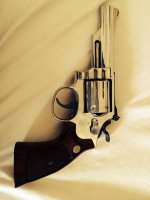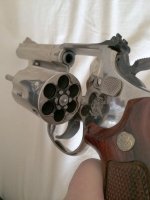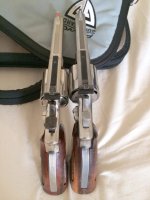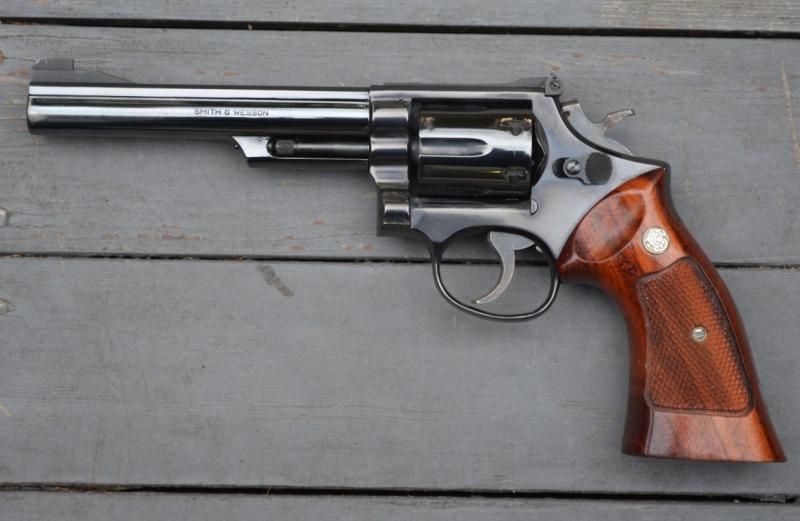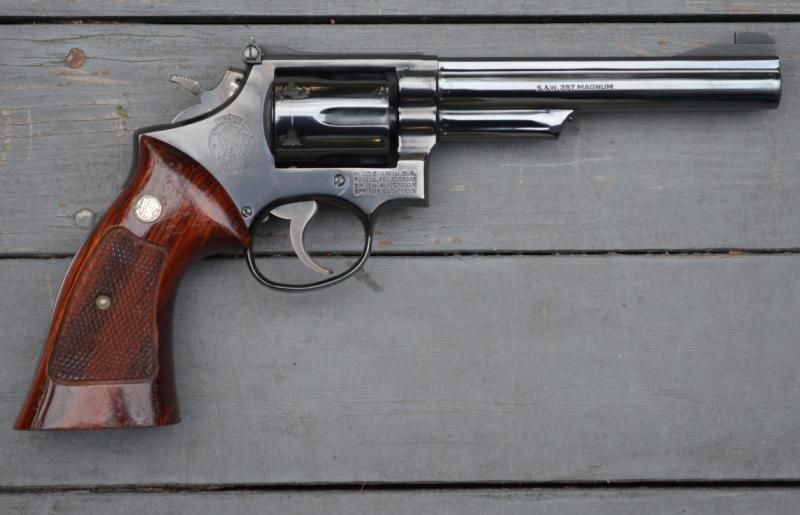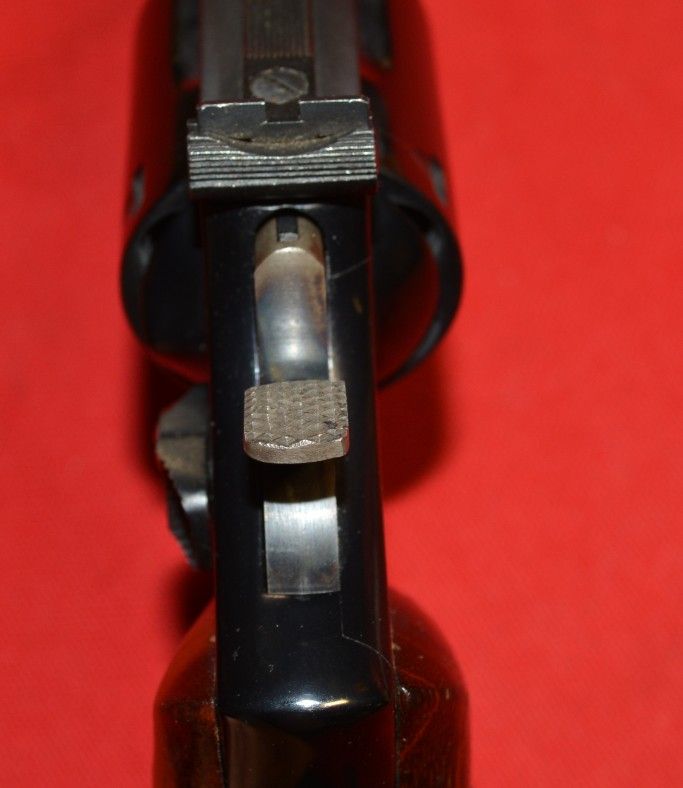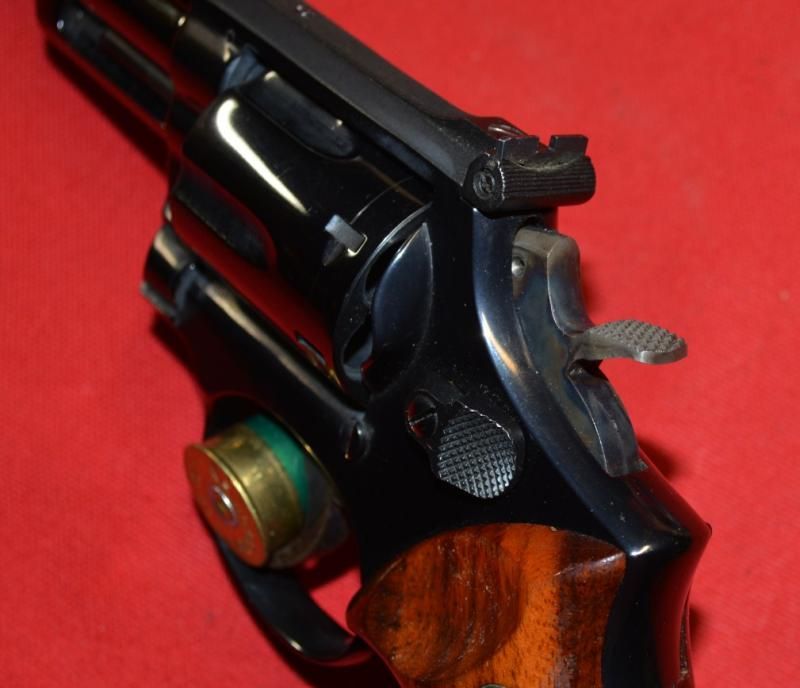Ok silly question but I'm really new to revolvers so here it goes.
I was at Gander Mt to look around. Went over to look at their used gun case. The usual Taurus revolvers and semi when I spotted a gun labeled S&W model 19-4 .357 magnum 4" barrel. It was in excellent shape. Maybe a safe queen because seems like it wasn't shot much. So I put it on layaway as it would go nice with my 686-2 I bought last month. Gander was asking $750 for it.
After I got home. Realized I didn't know too much about this revolver so my questions are:
1. Is this gun worth the asking price ($750)?
2. Couldn't take a picture but it looked stainless. Or maybe plated. It wasn't blued. So does the 19 come in stainless steel? And how can I tell the difference between plated and ss?
3. What yr was the 19-2 made.
Any further info would be appreciated. If this turns out to be over priced then maybe I'll put my $ towards something else.
I was at Gander Mt to look around. Went over to look at their used gun case. The usual Taurus revolvers and semi when I spotted a gun labeled S&W model 19-4 .357 magnum 4" barrel. It was in excellent shape. Maybe a safe queen because seems like it wasn't shot much. So I put it on layaway as it would go nice with my 686-2 I bought last month. Gander was asking $750 for it.
After I got home. Realized I didn't know too much about this revolver so my questions are:
1. Is this gun worth the asking price ($750)?
2. Couldn't take a picture but it looked stainless. Or maybe plated. It wasn't blued. So does the 19 come in stainless steel? And how can I tell the difference between plated and ss?
3. What yr was the 19-2 made.
Any further info would be appreciated. If this turns out to be over priced then maybe I'll put my $ towards something else.

